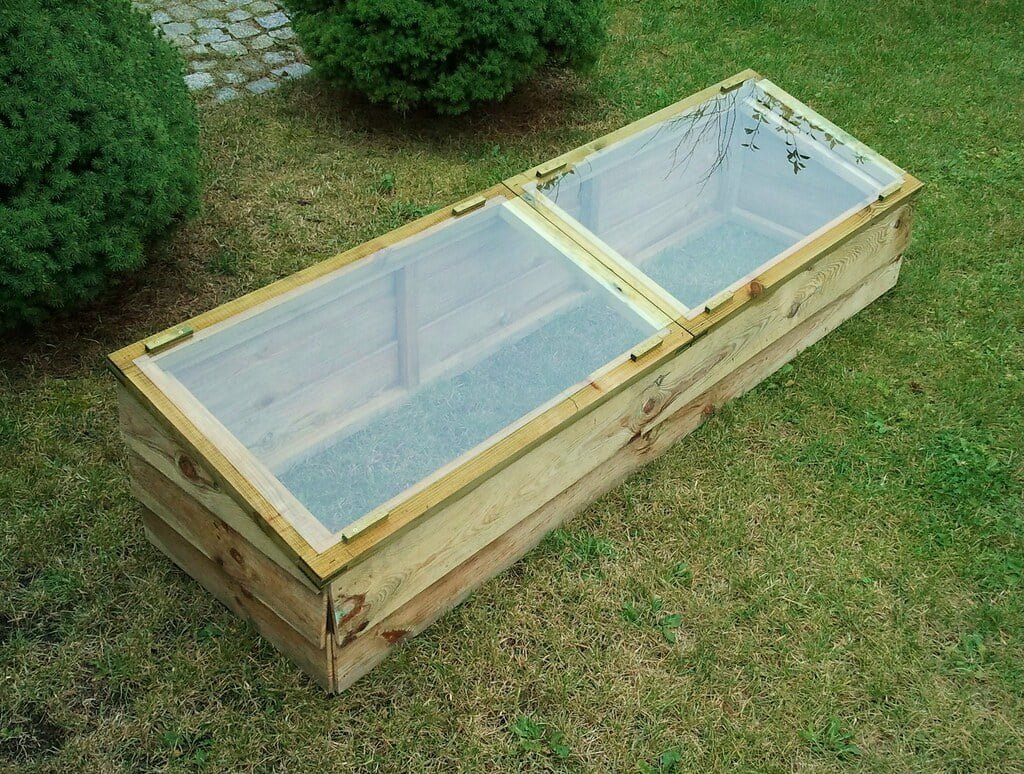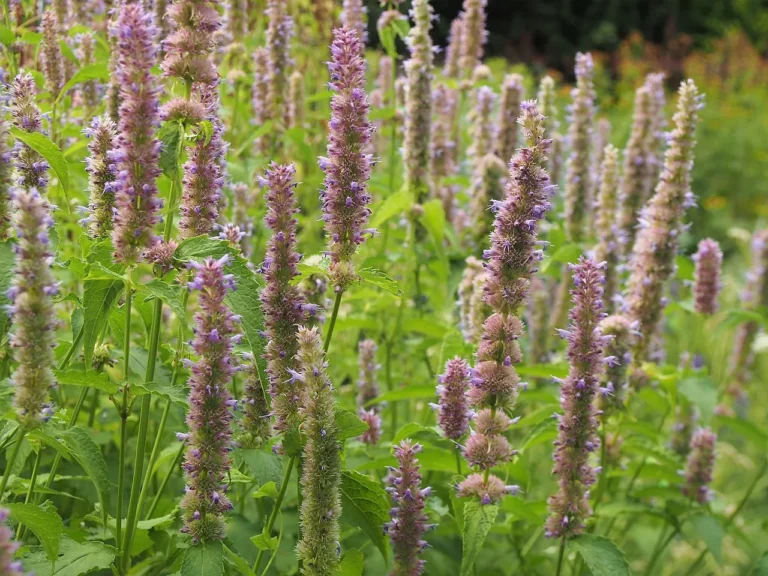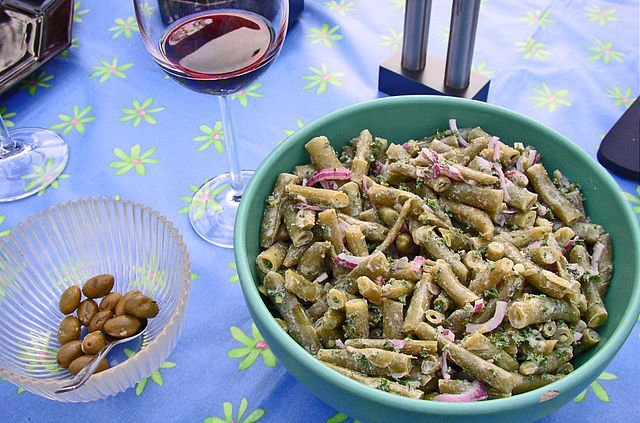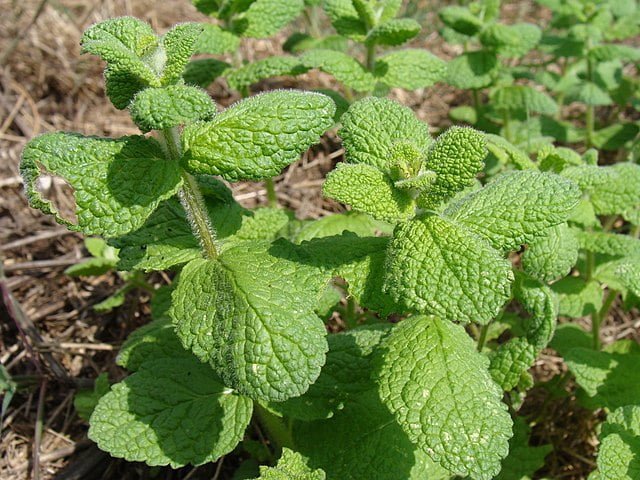The Complete Guide to Cold Frames: Extend Your Growing Season and Protect Your Plants
For gardeners, the changing seasons often signal the end of the growing period, but it doesn’t have to be that way. With the help of cold frames, you can extend your growing season, protect delicate plants, and even get a head start on your spring garden. If you’re curious about how these handy garden structures can benefit you, this complete guide to cold frames is just what you need.
What is a Cold Frame?
A cold frame is essentially a miniature greenhouse: a bottomless box with a transparent lid that allows sunlight in while insulating plants from cold temperatures and harsh weather.
Benefits of Using Cold Frames
- Extend Growing Season: Perfect for growing cold-hardy vegetables and herbs into the winter.
- Plant Protection: Safeguards against frost, wind, and pests.
- Early Start: Ideal for germinating seeds ahead of the spring season.
Different Types of Cold Frames
- Wooden Frames: Commonly made from cedar or pine, they are durable but can be heavy.
- Metal Frames: Lighter and often portable, but less insulating.
- Polycarbonate Frames: Excellent for retaining heat and are often UV-resistant.
Building Your Own Cold Frame
Constructing a cold frame can be a rewarding DIY project. All you’ll need are some wooden boards, screws, and a transparent lid made from glass or clear plastic. Remember to:
- Ensure Good Drainage: Elevate the frame or place it on a gravel base.
- Orientation: Position it to face south for optimal sunlight.
How to Use a Cold Frame
- Temperature Control: Monitor the internal temperature and ventilate on warmer days to prevent overheating.
- Watering: Cold frames often require less frequent watering, so monitor soil moisture closely.
- Plant Spacing: Ensure adequate space between plants for air circulation.
Maintenance Tips
- Check for Leaks: Ensure the frame is well-sealed to prevent heat loss.
- Cleaning: Periodically clean the transparent lid for optimal light penetration.
- Repairs: Perform any needed repairs before the onset of cold weather.
Common Mistakes to Avoid
- Overheating: Failure to ventilate can lead to high temperatures that may harm plants.
- Ignoring Pests: Regularly inspect for signs of pest activity and treat as necessary.
Frequently Asked Questions
- How deep should a cold frame be?
- Ideally, the back should be 18 inches high, sloping down to 14 inches in the front.
- What plants are best suited for a cold frame?
- Leafy greens, root vegetables, and herbs generally do well.
Final Thoughts
Cold frames are a valuable addition to any garden, offering a range of benefits from extending the growing season to protecting your plants. With some basic materials and a little effort, you can set up your own cold frame and enjoy gardening year-round.







